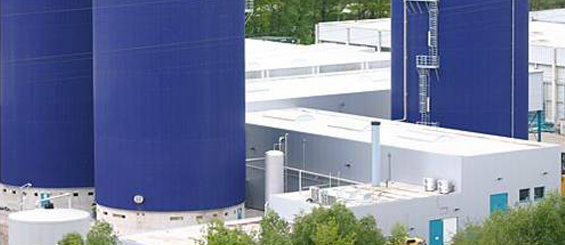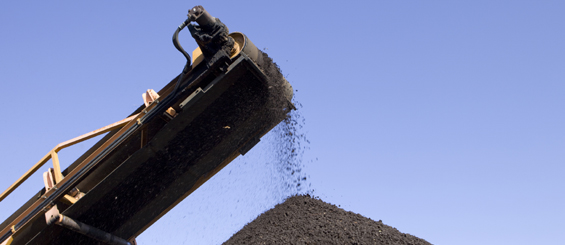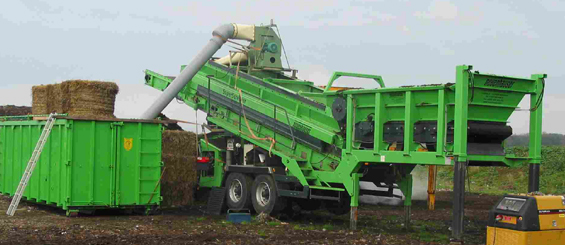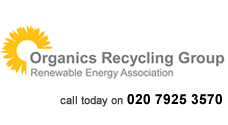The BAT conclusions provide national authorities with the technical basis for setting permit conditions for installations. There is a 4 year period for member states to implement the conclusions for existing waste treatment installations (i.e. first permitted before the publication of the BAT conclusions). New installations (i.e. first permitted after the publication of the BAT conclusions) need to comply immediately with the new requirements.
Overview
While the main aim of these BAT conclusions is to reduce emissions from different waste treatments, other environmental issues â such as energy efficiency, resource efficiency (water consumption, reuse and recovery of materials), prevention of accidents, noise and odour, management of residues â are also covered.
The document contains 53 individual BAT conclusions. Of these, 24 apply to the sector as a whole and 29 apply to the most common waste treatments, including mechanical, biological and physico-chemical treatments and treatment of water-based liquid waste. They also apply to temporary waste storage and independent waste water treatment plants whose main share of treated effluent originates in waste treatment installations.
We have prepared a summary for members of the BAT conclusions that relate to composting and AD sites, please see here.
BAT-associated emission levels
The BAT conclusions include BAT-associated emission levels (BAT-AELs) which have the potential, through their translation into emission limits, to drive a sizeable reduction in emissions from the waste treatment sector.
In addition to covering the emission levels and other environmental performance aspects of several (production) techniques, they include standards for how the technology is used and the way in which the installation is designed, built, maintained, operated and decommissioned.
Please contact Jenny if you require any further information.
Posted: 22/08/18





.jpg)


